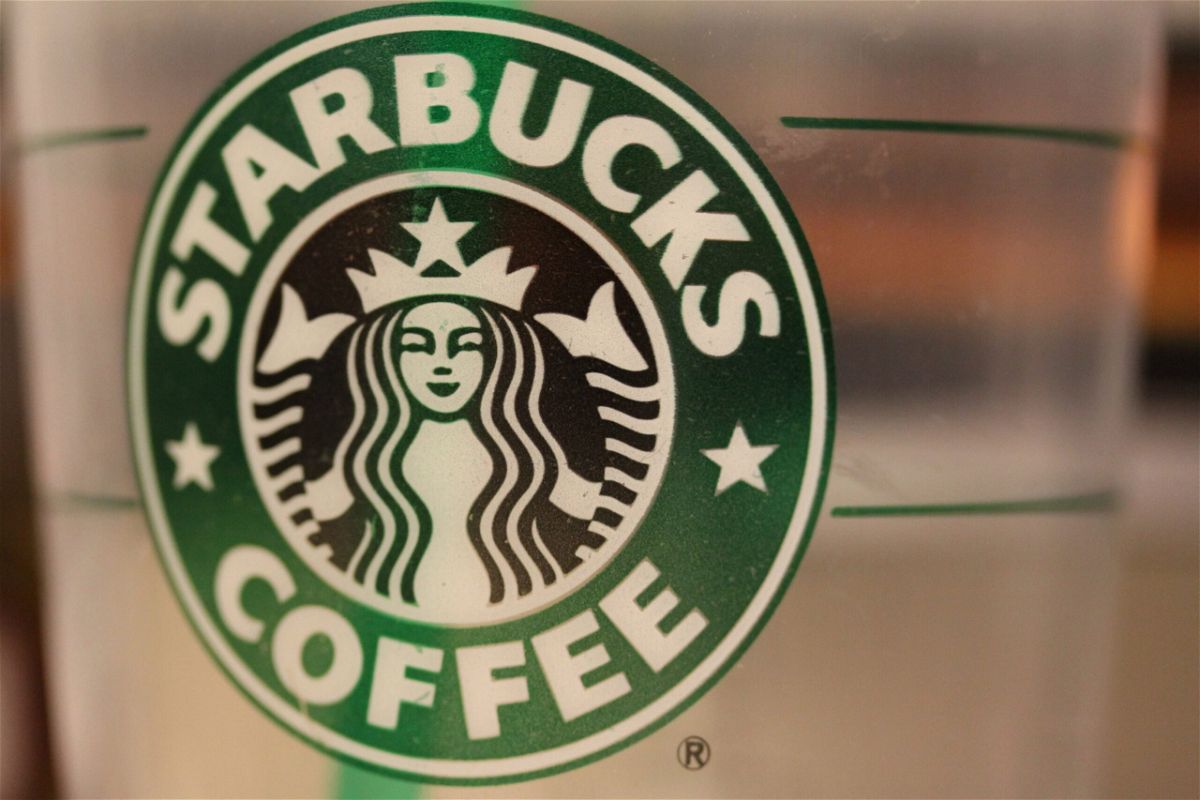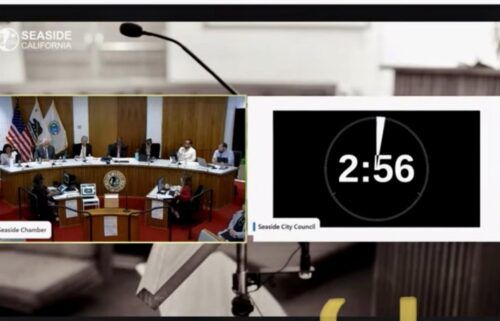Union organizers win another Starbucks vote

Union organizers overwhelmingly won a vote Friday to represent workers at a Starbucks in Mesa
By Chris Isidore, CNN Business
Union organizers overwhelmingly won a vote Friday to represent workers at a Starbucks in Mesa, Arizona, giving them their third win in an effort to organize the sector.
The vote was 25 in favor of the union and only 3 opposed. There were a total of 43 workers eligible to vote.
The union, Starbucks Workers United, had already won the right to represent workers at two stores in Buffalo, New York, but lost the vote at a third store there, although it is challenging that election result. The union has also filed to hold additional elections at more than 100 Starbucks stores across 26 states.
Even if the union wins all those stores, it will be a fraction of the Starbucks stores nationwide.
Company filings show Starbucks had 235,000 employees at nearly 9,000 company-operated stores in the United States as of October 2021. The company is throwing significant resources, including visits by top executives to stores holding votes, to convince employees not to unionize.
But this third win, by such a large margin, could give a lift to the union’s closely-watched effort to file for elections at additional stores.
For its part, Starbucks released a statement, saying, “As we have said throughout, we will respect the process and will bargain in good faith guided by our principles. We hope that the union does the same.”
The organizing effort has been led the young workers in their 20s who make up much of Starbucks’ workforce. Employees from the store in Mesa, known as partners in Starbucks’ parlance, gathered after the vote and celebrated the outcome. “This is enormous for the entire country, all across the US. I’m so proud,” said Tyler Ralston, one of the partners, on a press call that followed the vote. “The numbers reflect how we all feel. It’s a win for labor rights and workers’ rights. And I’m so excited.”
The supporters said the company’s efforts to convince partners not to support the union had backfired and was the reason the vote was so one-sided.
“I’m not surprised by the margin. We’ve been fighting this for so many months,” said Taylor Brennan, another one of the Mesa partners. “It wasn’t one person who got screwed over.”
Starbucks says it has better pay and benefits than many of its competitors, including health care coverage for part-time workers and college tuition reimbursement. It has issued two wage increases in the last 18 months, and in October, the company said it would raise wages to at least $15 an hour for baristas, with most hourly employees earning an average of nearly $17 an hour by the summer. And it says it has the best retention rate in the industry.
But besides better pay, those supporting the organizing effort say they want more input over how work is performed in stores. For example, workers walked off the job at the first unionized store in Buffalo for about a week in January to voice concern about safety measures in the face of the Omicron surge.
Although many of the stores the union has filed to represent are in states with strong pro-labor histories, including Michigan, New York, California and Starbucks’ home state of Washington, elections will also be held at locations in states with low unionization rates, such as Tennessee, Texas, Georgia as well as Arizona.
Those who study labor movements say this is already a significant union effort given the difficulty that labor has organizing new businesses, especially at restaurants and bars.
Data from the Labor Department shows that only 1.2% of workers in the sector are union members, tying with finance and professional and technical services for the lowest share of union membership of any sector tracked by the Bureau of Labor Statistics.
Unions are working diligently to reverse decades of declining power in the United States. To accomplish that, organizing new members and new industries will be crucial.
While nearly 34% of government workers are represented by unions, only 6% of the more than 116 million workers at private sector US businesses were union members last year, according to the Bureau of Labor Statistics. The overall percentage of unionized workers stands at 10.2% and has been steadily declining for nearly 40 years, down from 16.8% in 1983, the first year it was calculated by BLS.
“I think it is significant already. We haven’t seen this scale of organizing in these kinds of establishments before,” said Alexander Colvin, professor of labor relations at Cornell University.
The fact that the union has filed for so many additional elections in the wake of its first win shows the potential for that organizing effort to grow, and the importance that a win in Mesa could have, said Todd Vachon, an assistant professor and director of labor education at Rutgers University.
Correction: A previous version of this article misidentified the company that says it has better pay and benefits than many of its competitors.
The-CNN-Wire
™ & © 2022 Cable News Network, Inc., a WarnerMedia Company. All rights reserved.



